What is Flexible Time Off? How it Works
What is flexible time off? Flexible time off is a benefit that an increasing number of employers are providing to their employees. This type of time-off policy is frequently observed in firms that do not adhere to the typical 9 a.m. to 5 p.m. work week and are considered to be more progressive than traditional organizations.
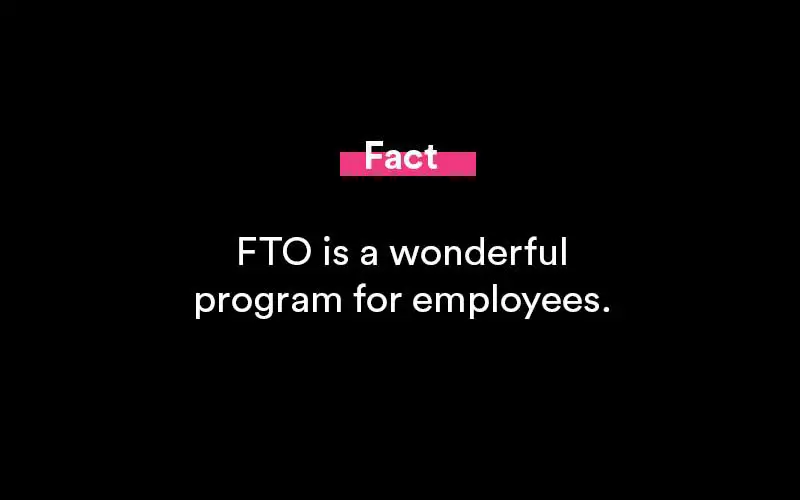
What does "flexible time off" entail?
Flexible time off (FTO) is a paid time off (PTO) policy that provides employees with an unrestricted number of PTO days. In most circumstances, employees do not have to earn or accrue vacation time. This is in contrast to more traditional work environments, which allocate a fixed number of hours of paid time off per pay period. Employees may use their flexible time off for vacation, sick leave, or any other reason that would normally require them to miss work.
Some companies provide an unlimited amount of FTO, while others provide a defined number of days each month or year that employees may use as they like. The primary benefit of flexible time off is that it is combined with sick leave and vacation time. Thus, instead of five days of sick leave and ten days of paid time off every year, an employee would have a total of twenty flexible time-off days to utilize as they wish.
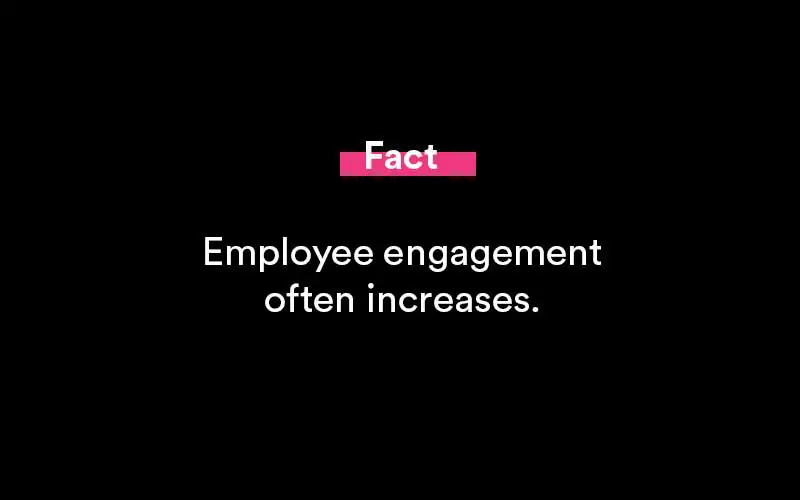
How does FTO function?
Flexible time off benefits employees by allowing them greater discretion over their time off from work. This increased level of flexibility enables employees to take advantage of their allowed or unrestricted time off as needed without feeling compelled to "use it or lose it" or to feign illness if they believe they require additional time off but are not genuinely ill.
Employees must first obtain consent from their manager or employer for the time they wish to take off. Certain organizations may impose a cap on the amount of time that can be taken off in a given period, such as a month. This helps employees avoid taking an excessive amount of time off in one go.
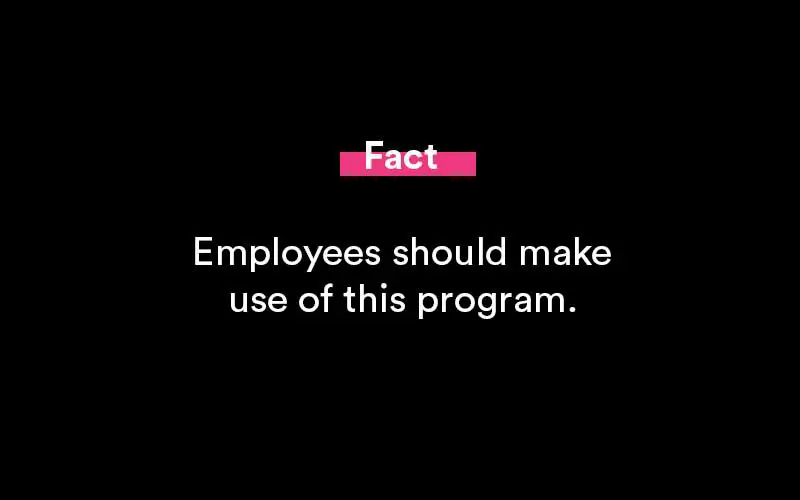
Additionally, flexible time off works by providing for more flexible justifications for taking time off. Rather than needing to take a vacation or have a family member become ill in order to take time off, employees can take a day or two off for wellness or mental health purposes.
Employees who work remotely can also take advantage of this type of time off. While remote professionals benefit from increased flexibility simply by being able to work from home, they still require and deserve time away from work.
FTO's Advantages
Numerous advantages exist for establishing a flexible time off strategy. The key advantages of FTO are as follows:
- Greater respect for diversity: Businesses that implement an FTO policy indicate to their employees that they value and appreciate workplace diversity. Individuals have unique demands, whether they be health-related, religious, or cultural. Employees frequently take time off for reasons other than vacation or illness, and a flexible time-off policy recognizes these needs and variety.
- Employee commitment is increased: Employees who believe their employers value their time and energy and are willing to allow them time off when necessary are more likely to be pleased with work and dedication to their jobs. Flexible time off is an excellent approach to increase employee commitment and, in turn, reduce employee turnover.
- The capacity to adapt to evolving employee values: Millennials are a sizable portion of today's workforce, and this generation values differently than previous generations. Millennials place a premium on mobility, flexibility, and rest, as well as their freedom of choice, and a flexible time-off policy reflects all of these values.
- Increased employee wellness: Employees who have the option to take time off as needed to address wellness and health concerns are frequently more healthy overall. Even an occasional day or two off can have a big impact on an employee's performance and mood. Flexible time off can assist minimize burnout and hence improve overall workplace wellness.
- Increased employee productivity: Employees who are content in their jobs and have the opportunity to take time off when necessary are frequently more productive than those who are not. Employee burnout is a significant problem in today's workplace, and flexible time off helps companies reduce employee burnout and keep people engaged and performing at their best.
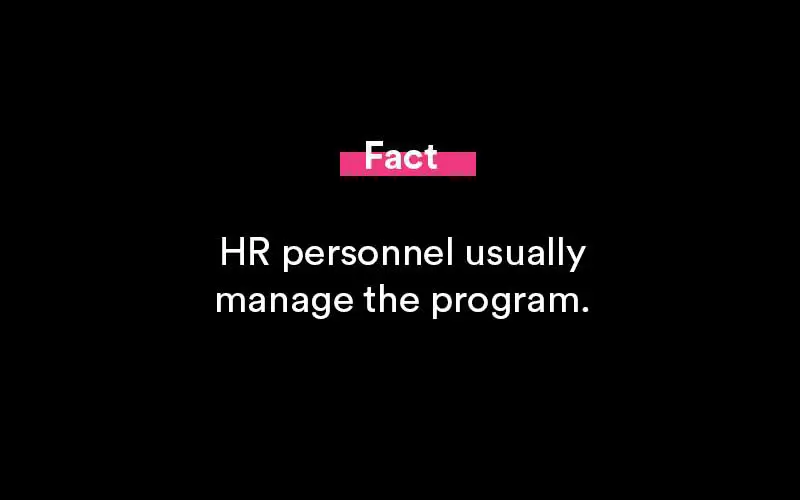
Are there any disadvantages to FTO?
Consider the following potential disadvantages of flexible time off:
- When employees are granted flexible time off, there is a risk that one or more employees will abuse the program by taking excessive time off or failing to notify management prior to taking time off. One approach to address this is to audit each employee's time off and ensure that it is being spent responsibly.
- Another potential disadvantage of flexible time off is that employees may choose to take time off concurrently. This is particularly concerning when individuals are assigned to the same team or department. One method to mitigate this risk is to require employees to notify their managers in advance of anticipated time off so that management can plan accordingly.
- Uncertain expectations: If a flexible time-off policy is not adequately described to each employee, it is possible for employees to get confused about how the policy operates. This can result in employees taking excessive or insufficient vacation time. It is critical to revisit this policy with new employees to ensure they have realistic expectations for their time off.
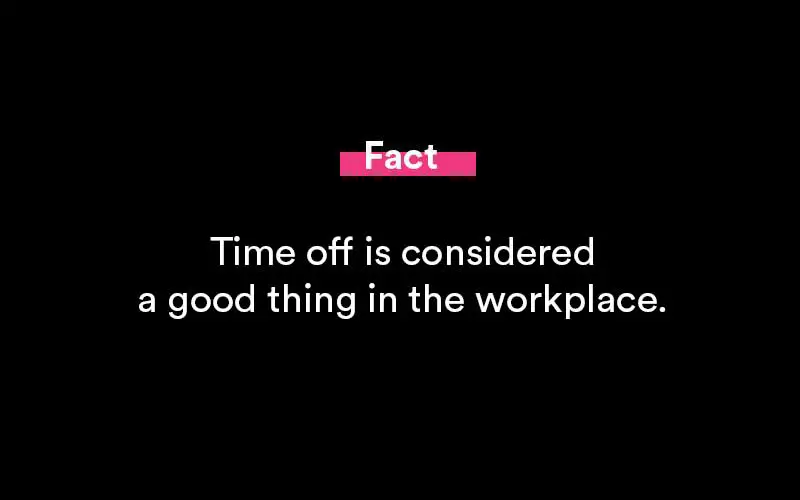
FTO in comparison to PTO
There are some significant distinctions between flexible time off and paid time off (PTO). One significant distinction is that standard paid time off policies require employees to accumulate days over the course of the year. For instance, employees may receive five paid time off hours for each pay period worked. Typically, flexible time off is granted in advance, so no accrual is required.
Another distinction is that employees' accrued paid time off is frequently paid out if the person leaves the firm or does not use their accrued time throughout the year. Typically, flexible time off is not repaid if an employee leaves or if it is unused.
Both types of time off are distinct from limitless paid time off. Employees with unlimited PTO may take an unlimited number of days off during the year, as long as their absence does not impair their ability to perform their work. Both FTO and PTO provide employees with a defined number of days to take as a vacation.
Is FTO better than PTO?
According to studies, employees covered by an FTO coverage actually take less time off. Why? Simply because they do not believe they are entitled to do so. With PTO, there is a much stronger sense of obligation to take a vacation, as it is owed to them.
Is FTO the same as "flex time?"
Flextime is a work arrangement that enables an individual to customize her/his workday's start and end times. Employees are still scheduled for the same number of hours as they would under a regular timetable. Employees and supervisors are expected to manage flextime arrangements in accordance with these principles.
Is flex-time a good idea?
Flexible work hours enable individuals to adopt a schedule that is most compatible with their internal clock. According to Boston College research, 70% of managers and 87% of employees believe that flex time has a positive or very positive effect on productivity.
How do I use flex time?
To use flextime, speak with your manager and HR personnel within the company. Some companies offer unlimited vacation time or unlimited PTO, which can replace or correspond with your flex-time.
Unlimited paid time off is usually an alternative or version to a flexible PTO policy.
The goal is to increase employee engagement, retention, and overall happiness.
How do I implement flexible time off in my company?
Your business should be able to function with employees taking time off as needed. You cannot rely on their continuous availability. Work must be shiftable, with an environment amenable to this. After implementing flexible time off, you cannot go back and add any limits or disclaimers, as this would negate the fundamental purpose of the policy.
Consider reviewing all employee benefits and determining whether unlimited vacation policies align with the company vision and performance objectives.
Alternatively, companies can adapt to have mental health days become acceptable.
Popular Resources

Featured
35+ Phone Interview Questions & Best Sample Answers
Phone interviews have become a core part of the process when attempting to find a secured placement for an open position. Companies receive massive responses from potential candidates for any..

Featured
12+ Best Questions To Ask A Recruiter
Concerning a job search, you might receive numerous offers from your recruiters. Before you choose one, you need to assess all the conditions, for which it is vital that you know everything associated with the offered position..

Featured
Answering "What Makes You Unique" In A Job Interview
Answering this question during a job interview requires more than knowing why you are unique as an individual. Yes, the true scientific answer is made up of two main components: your..

Featured
250+ Ice Breaker Questions for Life
An ice breaker question is a question that’s asked from one person to another person in order to act as a conversation starter. It brings a connection...

Featured
10 Best Answers to "What Motivates You?"
Open-ended questions like “What motivates you?” can elicit a deer-in-the-headlights reaction from job candidates if they are unprepared. It’s a broad question and can leave the interviewer..

Featured
Answering "How Did You Hear About This Position" In An Interview
A lot of interviewers ask this question - how did you hear about this position? This way they can judge you if you are a passive or an active job seeker..

Featured
8 Best Thank You Emails After an Interview (Samples, Free Templates)
Writing a thank you note after an interview says a lot about you as a potential employee. Most notably, it says that you care about the opportunities presented..

Featured
Writing a Resignation Letter (How To Write It, Samples)
Writing the perfect letter of resignation is more of an art than it is a science. And we’re going to cover how to master that art form in this full guide..

Featured
How to End a Letter (Example Salutations, Sign Off's)
Knowing how to end a business note or email is an important skill to develop. It helps portray a sense of confidence, respect and tone to your message..
